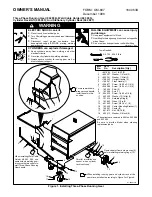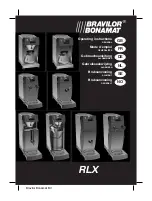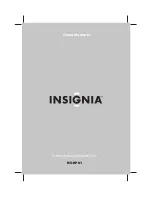
14
IREPPY - 1404 - 4238051_01
Category
Air renewal rate
Living room
bedroom
Extract flow rate
l/s per m
2
(a)
Vol/h
l/s per person (b)
l/s per m
2
(a)
Kitchen
l/s
Bathroom
l/s
Toilette
l/s
I
0,49
0,7
10
1,4
28
20
14
II
0,42
0,6
7
1,0
20
15
10
III
0,35
0,5
4
0,6
14
10
7
4.3.
REFERENCE STANDARD FOR THE
VENTILATION OF RESIDENTIAL BUILD
-
INGS
The concept of air ventilation for confine
spaces is taken into consideration by sev-
eral standards.
The
Standard EN 12792:2003
(Ventilation
for buildings – symbols terminology and
graphical symbols) defines two concepts:
Aeration
: meaning natural ventilation by
opening a window.
Ventilation
: meaning the extraction and sup-
ply of air to a space. It is interesting to note
that the standard talks about “designing” for
ventilation.
The
directive 2002/91/CE
talks about the
energy efficiency of buildings and defines
it as the quantity of energy effectively con-
sumed or that is anticipated to be required
to satisfy the various needs connected to
the standard use of a building, including
amongst others: heating of water, cool-
ing, ventilation and lighting. The directive
underlines to take account of the general
climatic conditions of the internal spaces in
order to avoid any negative effects due to
inadequate ventilation.
Note that it talks about ventilation and not
aeration, and even the standards that deal
with the renewal of air always use the term
renewal and not aeration: opening and
closing windows is not considered an effec-
tive system for the renewal of air.
How and when to renew is considered in
EN 15251:2007
(Criteria for the indoor envi-
ronment including thermal, indoor air quality,
light and noise), which combines aspects of air
quality within buildings with energy aspects.
Having said that the air quality in buildings
depend on numerous parameters (number of
people, activities carried out, humidity, smoke,
emissions from furniture and construction ma-
terials, etc.), it is an essential fact that ventila-
tion must be continuous, and acceptable that
the air renewal rate requirement is variable
depending on whether the space is occupied
or not.
If not occupied the air renewal rate is be-
tween 0.05 and 0.1l/s, per m
2
.
If the space is occupied the same stand-
ard defines different air renewal classes:
the higher the renewal rate the higher the
building class.
I
: High requirement level, recommended
for spaces occupied by very sensitive and
fragile people with special needs, such as
the handicapped, the sick, very small chil-
dren and the elderly.
II
: Normal requirement level, to be used for
new constructions and renovations.
III
: Acceptable, moderate requirement lev-
el, to be sued for existing buildings.
IV
: Values outside of the criteria for the cat-
egories above. This category might only be
accepted for a limited part of the year.
(a): The air renewal ratel expressed in l/s per m
2
and Vol/h (hourly volume) coincide with a ceiling height of 2.5 m.
(b): The number of occupants of a dwelling can be evaluated from the number of bedrooms.
If there are any national or local requirements these are used.
Example:
Suppose we have to design an air renewal
system for an apartment of S=100m
2
with
room heights of h = 2.5m.
As recommended by the standard EN
15251:2007, if we want to ensure a catego-
ry III, the air renewal rate must be:
S × h × 0.5 = 100 × 2.5 × 0.5 = 125m
3
/h
if the space is occupied. But if the space is
not occupied the air renewal rate becomes:
S × 0.05 = 100 × 0.1 = 10l/s = 36m
3
/h
Summary of Contents for RePuro 100
Page 55: ......















































